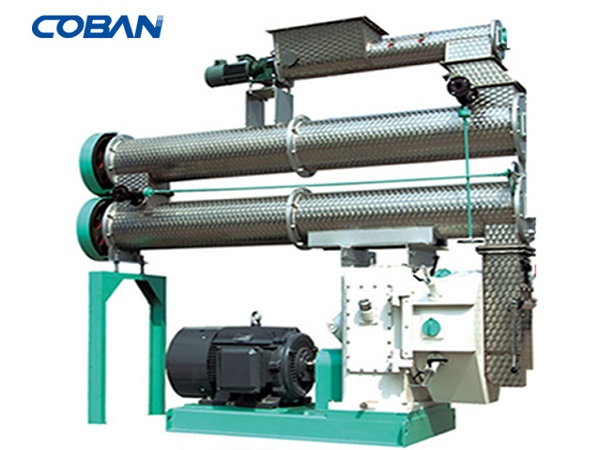Advanced technology and improved efficiency: characteristics of modern feed processing equipment
With continuous technological advancements, modern feed processing equipment has seen significant improvements in performance, efficiency, and environmental friendliness.
Preface
With continuous technological advancements, modern feed processing equipment has seen significant improvements in performance, efficiency, and environmental friendliness. These advancements have not only enhanced the quality and effectiveness of feed production but also brought more development opportunities to the feed industry. This article will introduce the characteristics of modern feed processing equipments from the following aspects.


High Efficiency and Stability
Modern feed processing equipment uses advanced technologies and processes, making production more efficient and stable. For example, feed production lines with automated control systems can achieve fully unmanned operations, significantly increasing production efficiency. Additionally, these machines have strong stability during operation, ensuring continuous and consistent production.
Energy Saving and Environmental Protection
Modern feed processing equipment offers significant advantages in energy saving and environmental protection. On one hand, these machines are designed and manufactured with energy-saving principles, using efficient energy utilization methods such as variable frequency speed control and hydraulic transmission. On the other hand, noise, dust, and other pollutants generated during operation are effectively controlled, reducing environmental impact.
Flexibility and Versatility
Modern feed processing equipment is highly flexible and adaptable, allowing adjustments and optimizations based on market demands and production characteristics. For instance, different processing equipment and techniques can be used for various types of feed raw materials to meet different production requirements. Furthermore, these machines can be expanded or upgraded according to the production scale, meeting the evolving needs of enterprises.


High Degree of Automation
Modern feed processing equipment generally features a high degree of automation, capable of automatic identification, detection, and control functions. For example, sensors and controllers can be installed to monitor the operational status and production data of the equipment in real-time, quickly identifying and resolving issues. Moreover, these machines can connect with computers and other devices for remote monitoring and management, enhancing production efficiency and management levels.
Safety and Reliability
The safety and reliability of modern feed processing equipments have been greatly improved. On one hand, these machines are designed and manufactured with safety in mind, incorporating multiple protective measures such as explosion-proof and leak-proof features. On the other hand, they possess strong anti-interference and fault-tolerant capabilities. These capabilities allow the equipment to maintain stable operation under abnormal conditions, ensuring safe and continuous production.
In summary, modern feed processing equipment offers significant advantages in terms of performance, efficiency, environmental protection, flexibility, automation, and safety. These advantages provide strong technical support for enterprises. With ongoing technological progress, these machines are expected to play an increasingly important role in the future. They will drive continuous development and innovation in the feed industry.
- What should you pay attention to when purchasing feed production equipment?
- What are the advantages of large feed processing equipment?
- What are the advantages of pellet feed production line equipment?
- The impact of the particle size of the feed crusher on its quality
- Analysis of factors affecting work efficiency of feed production line
- Price and Safety of Pellet Feed Production Line
- Feed production line equipment prices and key factors in development
- The core role of feed production line and market price analysis
- Cattle feed production line procurement in Philippines
- Cattle Feed Production Line Manufacturer in Philippines







